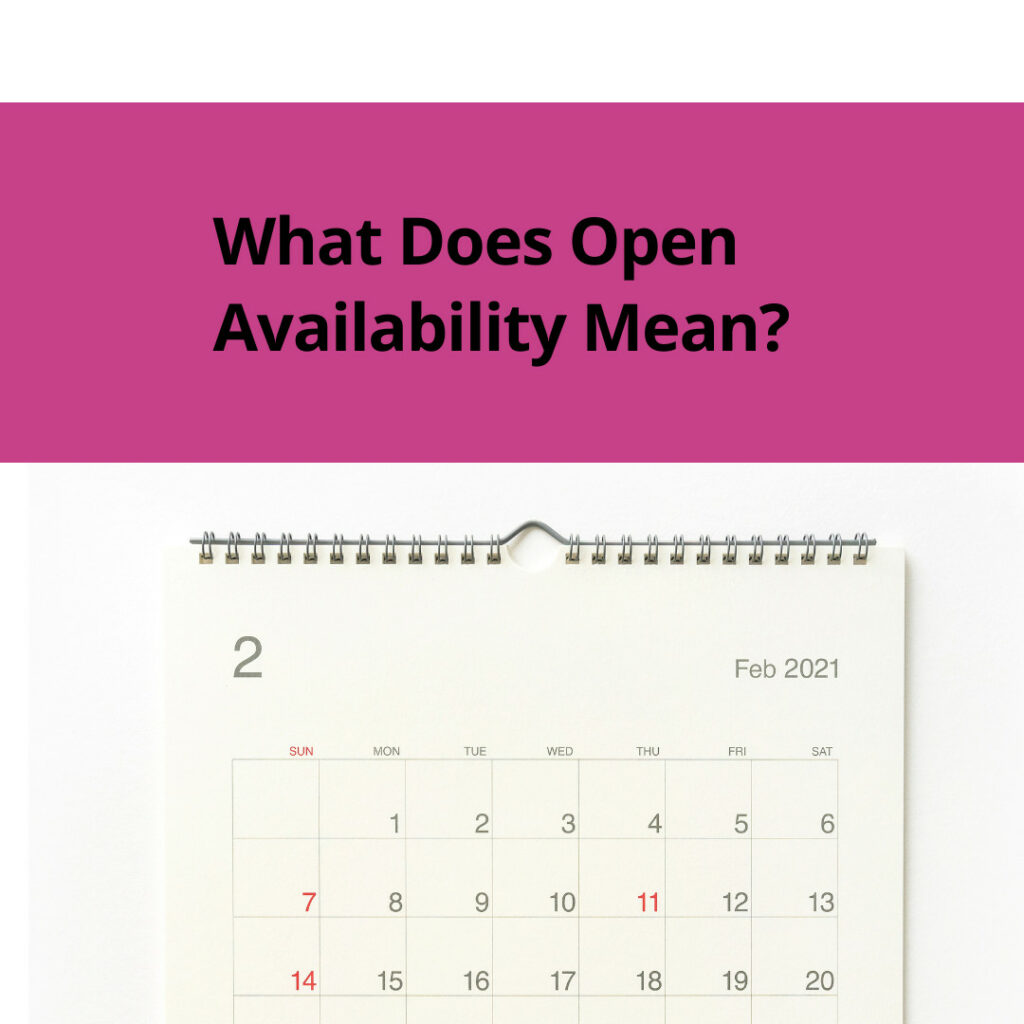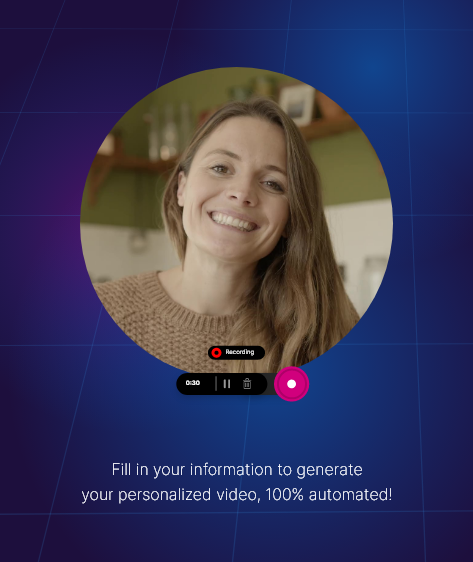When searching for a job or aiming to accommodate your company’s staffing needs, you might come across the term “open availability.” But what does open availability mean, and how does it affect both employers and employees? Let’s dive deep into understanding the term and its implications.

A Brief History: The Evolution of Work Schedules
Traditionally, work schedules have always been structured. With the onset of the Industrial Revolution, there was a widespread adoption of the 9-to-5 work routine. However, with the changing landscape of the global economy and the rise of the service industry, the need for flexible working hours emerged.
Open availability became a term largely associated with the retail and service sectors. But as our work environments evolved, particularly with the advent of digital nomadism and the gig economy, the concept started permeating other sectors as well.
According to a report from the Bureau of Labor Statistics, a significant percentage of the workforce in the U.S. is involved in jobs that require varying shifts. This report emphasizes the shift from the conventional 9-to-5 jobs towards a more fluid work schedule.
What Does “Open Availability” Mean?
At its core, open availability means that an individual is available to work during any hours or shifts that a company requires. This doesn’t necessarily mean they’ll be working all hours, but rather that they don’t have restrictions on when they can work.
Key points to consider:
- Open availability is often a requirement for jobs in sectors where customer demand can fluctuate significantly, like retail or the food industry.
- Employees with open availability often have an edge when it comes to securing shifts, promotions, or even job positions.
- Open availability might also mean weekend, holiday, or evening shifts.
Why Do Employers Value Open Availability?
- Flexibility: Having employees with open availability offers employers tremendous flexibility, especially in industries where demand is unpredictable.
- Reduced Staffing Challenges: It minimizes staffing challenges, especially during peak seasons or unexpected events.
- Increased Coverage: Companies can ensure that there’s always someone available, improving service consistency.
- Minimized Training Costs: Training new employees can be expensive. With open availability, employers can optimize their current workforce instead of hiring additional staff.
The Employee Perspective: Benefits and Drawbacks
While there are clear benefits for employers, what does this mean for the employees?
Benefits:
- More Hours: For hourly employees, open availability often means more working hours, leading to higher paychecks.
- Opportunities for Overtime: Some jobs offer overtime pay for extended hours, which can be financially beneficial.
- Flexible Days Off: With a willingness to work on weekends or holidays, some employees might secure preferable weekdays off.
Drawbacks:
- Work-Life Balance: Unpredictable schedules can disrupt work-life balance.
- Burnout: Continuous shifts without predictable off-days can lead to burnout.
- Challenges in Personal Commitments: It might be challenging to commit to personal engagements or family events.
It’s essential to weigh these pros and cons before committing to a job with an open availability requirement.
Tips for Managing Open Availability
If you’re an employee with open availability or an employer managing such a workforce, here are some strategies to ensure a healthy work environment:
- Open Communication: Employers should keep lines of communication open. Understanding any changing circumstances or requirements can lead to better scheduling.
- Prioritize Mental Health: Recognize the signs of burnout and address them promptly. This could be through offering breaks or providing mental health resources.
- Advanced Scheduling: As highlighted in a Harvard Business Review article, advanced scheduling can reduce the unpredictability of open availability, allowing employees to plan better.

Streamlining Open Availability with Weezly Scheduling Software
In today’s fast-paced work environment, managing open availability can be a challenge for both employers and employees. Thankfully, modern technology offers tools that can simplify this task, and Weezly Scheduling Software stands out as a leading solution.
What is Weezly Scheduling Software?

Weezly is a cutting-edge scheduling platform designed to automate and optimize workforce management. With its user-friendly interface and advanced algorithms, Weezly ensures that scheduling is not only efficient but also aligned with both business requirements and employee preferences.
Key Features:
- Adaptive Scheduling: Weezly understands the fluidity of open availability and adapts in real-time to staffing changes and business needs.
- Employee Self-Service Portal: Employees can update their availability, request time off, or swap shifts, promoting flexibility and autonomy.
- Reporting & Analytics: Gain insights into workforce productivity, shift patterns, and potential bottlenecks, enabling informed decision-making.
- Integration Capabilities: Seamlessly integrates with other HR tools and systems, creating a cohesive workforce management ecosystem.
Benefits for Businesses Using Weezly:
- Enhanced Productivity: Automated scheduling eliminates manual errors and promotes optimal staff allocation.
- Increased Employee Satisfaction: By considering employee preferences and promoting transparency in scheduling, job satisfaction, and retention rates improve.
- Cost Savings: Optimal staffing means fewer overtime costs and reduced need for last-minute hires or agency staff.
Embracing the Future of Work Scheduling
Open availability might be a staple in modern work culture, but that doesn’t mean it has to be chaotic or unpredictable. With tools like Weezly, businesses can harness the benefits of flexible scheduling while mitigating its challenges. For a workforce that thrives on adaptability, Weezly is a game-changer, ensuring that both business goals and employee well-being are in harmony.
Conclusion
The term “open availability” has become increasingly prevalent in our modern work environment, driven by the evolving needs of businesses and the dynamic nature of consumer demand. While it offers businesses the flexibility they need to navigate the current economic landscape, it’s equally essential to consider the well-being and preferences of the workforce.
As the world continues to change, businesses and employees alike will have to find a balance, ensuring that open availability doesn’t come at the cost of well-being or job satisfaction.
IF YOU WANT MORE: Tips For Maximizing Your Business’ Availability Online





